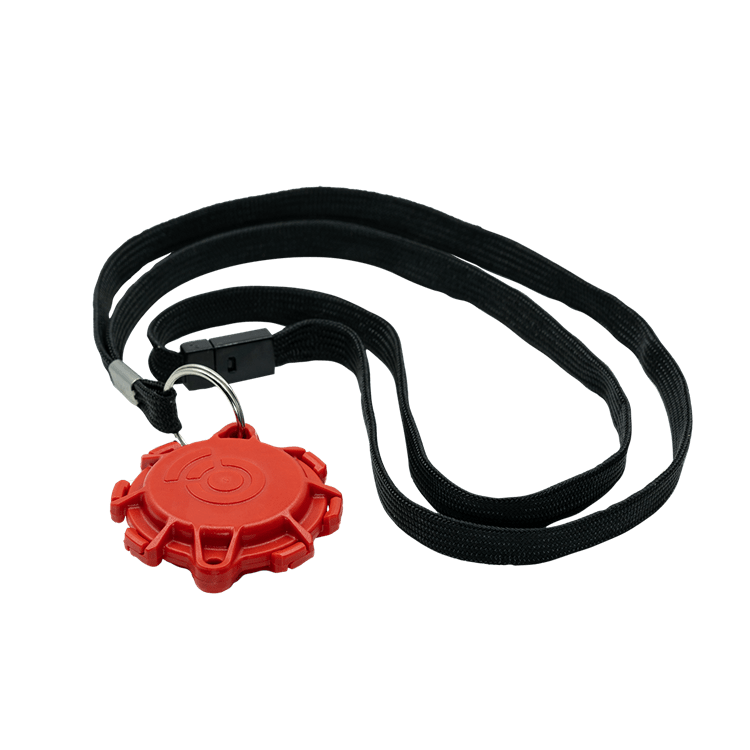Transportation
Helping you build a smart transportation solution to cut congestion and pollution

Canada-based IQonboard has developed a Bluetooth® LE-enabled beacon tag that creates what is claimed to be the world’s first self-loading digital manifest. The ‘IQtag®’ has been field-tested for remote operations across aviation, wildfire, mining, and personnel transport applications.
The IQonboard system comprises the patent-pending IQtag beacon tag—a small (5.3 by 1.3 cm), lightweight (22 g), IP67-rated water resistant, dustproof, and crushproof durable wearable industrial device powered by the Nordic Semiconductor nRF52832 SoC-based ‘I-SYST Blyst Nano’ module—along with the associated ‘IQonboard’ app for iOS smartphones and tablets.
Once allocated and attached to work clothing or cargo, each IQtag can be quickly configured and programmed to broadcast the name and weight of respective crew, cargo, and passengers to the onboard app using the Bluetooth LE connectivity provided by the nRF52832 SoC-based I-SYST module. This provides ‘real-time’ visibility of who and what is onboard the transport, taking the guesswork out of weight and balance calculations for pilots and dispatchers, while the automatically generated flight manifests are made visible to ground operations.

“The system provides a real-time view of crew, cargo, passengers, and total payload weight, which helps improve communications and decrease reliance on radio calls, at the same time eliminating the need for manual calculations and data entry,” explains Vincent Hoog, CEO, IQonboard. “This can turn manifest reporting into an operational advantage.”
The IQonboard solution is designed to enhance aviation safety and reduce pilot workload for helicopter operators that fly air ambulance, search and rescue, oil and gas, tourism, executive/VIP transport, or firefighting missions. For example, the solution could be used when helicopters are hired by government organizations for emergency response activities like wildfire fighting, where the full manifest of the aircraft for each and every leg of a flight must be communicated to the dispatch center.
This process can now be automated by assigning IQtags to cargo and crew members including firefighters. As tagged crew members and operations gear gets loaded into the helicopter, the onboard app reads all the manifest tags. In turn the manifest along with the total payload weight can be relayed via LTE-M cellular IoT or satellite connectivity to a web-based dashboard.
“The proprietary firmware that has been developed for the Bluetooth LE beacons advertises the data the app needs to generate the manifest,” says Hoog. “This allows the Bluetooth LE beacons to be repurposed/reprogramed by the app and be immediately useful without needing to be connected to a database, which is helpful for operations that take place out of cellular or Wi-Fi range.”
The core data processing for IQtag is powered by the nRF52832 SoC’s powerful 64 MHz, 32-bit Arm® Cortex® M4 processor with floating point unit (FPU). IQtag uses a CR2450 battery to provide an estimated battery life of one year of constant operation prior to replacement in the field, depending on ambient temperature. This endurance is achieved thanks in part to the ultra low power characteristics of the nRF52832 SoC-based I-SYST module.
“When used in the helicopter industry, this technology can make an environmental impact by saving on the fuel costs and emissions associated with manual methods of manifest reporting, where the helicopter engine continues running and burning jet fuel as the pilot communicates over radio,” concludes Hoog.
Helping you build a smart transportation solution to cut congestion and pollution